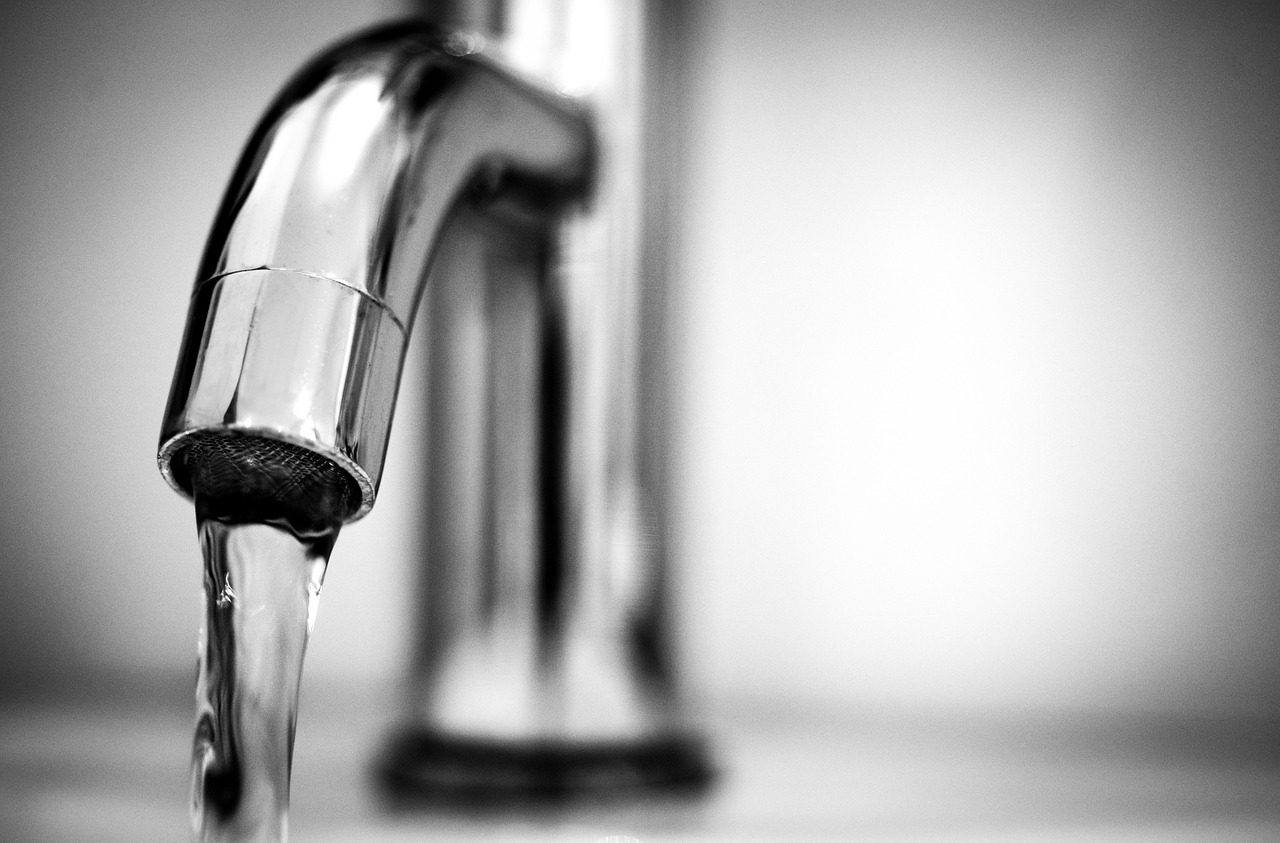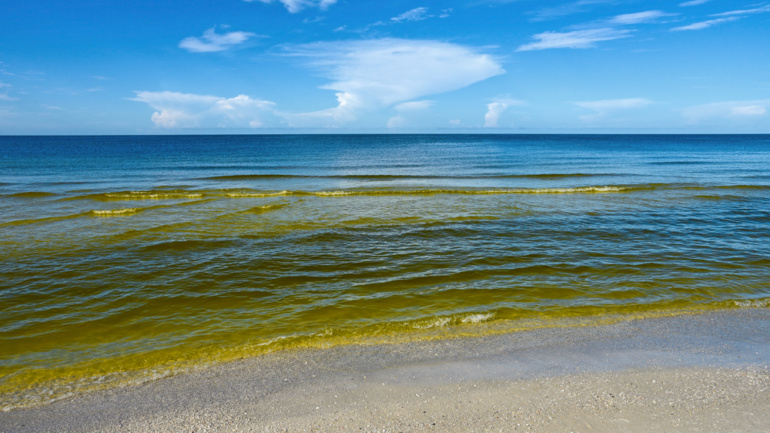By April Day, Publishing Consultant at Save the Water™ | July 10, 2024
Microplastics permeate water. In 2019, Koelmans and other researchers reviewed 50 studies of microplastics’ presence in drinking water. The researchers made recommendations for better water quality studies. Despite varied standards in the 50 studies, the review confirmed that microplastics are widely present in freshwater and drinking water. Specifically, polyethylene was one of the most globally prevalent microplastic polymers found in freshwater. This same polymer was the one found most often in surgically removed blood clots in a study published in 2024 by Wang et al., a group of researchers associated with the First Affiliated Hospital of Shantou University Medical College.
Study on Removing Microplastics from Blood Clots
Tingting Wang led the researchers to find out more about microplastics and their effects. To do so, they aimed to identify and quantify the following microplastic attributes:
- mass concentrations
- polymer types
- physical properties in human blood clots surgically removed from arteries in the brain and heart and deep veins in the lower limbs
The study’s analyses suggested that higher concentrations of microplastics may be linked with higher disease severity.
Furthermore, the study found that the most prevalent polymer type of microplastic was polyethylene, comprising 54% of microplastics surgically removed. The shape of the microplastics varied.
Drawbacks of the Wang study included its small sample size. Only 30 patients (median age 65.2) were part of this study. Therefore, Wang and fellow researchers urged that a study with a larger sample size be completed. This would help to identify sources of exposure and validate the observed trends.
Microplastics and Other Human Health Effects
The 2024 Wang study adds to other research related to the effect of microplastics on human health. In 2022, Yuan, Nag, and Cummins of the University College Dublin published their review on human health concerns regarding microplastics in the aquatic environment. They found that in the marine environment, microplastics only break down through physical processes to nanoparticles that can be ingested by organisms, migrate through the intestinal wall, and reach other organs. Humans can ingest microplastics by eating seafood, breathing, and touching (dermal infiltration). The most toxic microplastic polymers don’t include polyethylene. However, other microplastics and nanoplastics may pose acute toxicity, chronic toxicity, carcinogenicity, genotoxicity, and developmental toxicity.
In 2023, Yue Li and other researchers conducted a review of environmental distribution, human exposure, and toxic effects of microplastics. This found several toxic effects of microplastics for humans:
- Oxidative stress
- DNA damage
- Organ dysfunction
- Metabolic disorder
- Immune response
- Neurotoxicity
- Reproductive toxicity
- Developmental toxicity
Additionally, Li et al. noted that the epidemiological evidence suggests that a variety of chronic diseases may be related to microplastic exposure. Wang et al.’s later study of microplastics in blood clots supports this suggestion.
A landmark study by Marfella et al. was published in 2024 in the New England Journal of Medicine. The study compared patients with carotid artery plaque in which microplastics and nanoplastics were detected and those in whom microplastics and nanoplastics weren’t found. The study found that those with carotid artery plaque had a higher risk of a composite of myocardial infarction, stroke, or death from any cause at 34 months of follow-up. Stated simply, microplastics are bad for your health.
Tap Water Contains Fewer Microplastics Compared to Bottled Water
Bottled water contains hundreds of thousands and up to a quarter of a million nanoplastics. The nanoplastics found in bottled water could be coming from the bottle itself. According to a 2022 review by Gambino et al., while microplastics pollute tap water, bottled water has more pollution. Gambino et al. interpreted their results to indicate that drinking water treatment plants effectively removed microplastics. They concluded that the evidence should encourage people to drink tap water. Consequently, this would reduce both plastic pollution and their own exposure to microplastics.
Things You Can Do to Reduce Your Exposure to Microplastics
You can do the following to reduce your exposure to microplastics:
- Drink tap water.
- Use your own reusable bottle.
- Reduce your use of single-use plastics (such as bottled water).
- Boil your water. A recent study showed that boiling water can reduce the most common microplastics in tap water by up to 80%.
- Stay updated on emerging research and technology by visiting websites such as savethewater.org.




